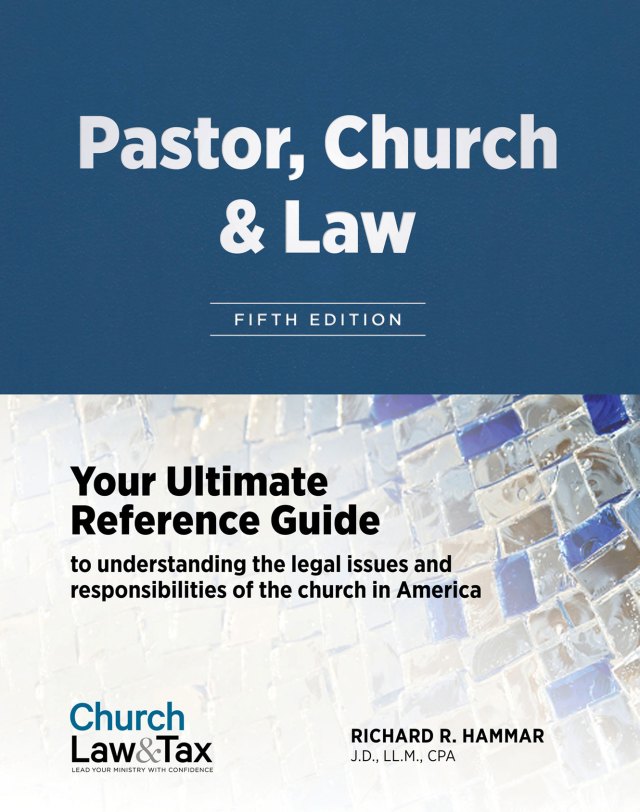• Does a county’s practice of prohibiting churches from building new facilities if neighboring residents object violate the churches’ constitutional right of religious freedom? Yes, concluded a federal district court in Alabama in an important ruling. A county adopted a new zoning ordinance that limited churches to “institutional districts.” The ordinance purposely failed to recognize any land as an institutional district, so that churches would be forced to seek a zoning variance before purchasing property for church use. This procedure was designed to give the county “better site development controls over institutional construction.” A Mormon congregation that had outgrown its existing facility attempted to purchase land on which it proposed to construct a new sanctuary. It filed an application to have the property rezoned as an “institutional district,” but its application was denied by the county following a hearing in which several neighboring residents expressed “vociferous opposition.” The residents lived in an affluent residential district adjacent to the church’s proposed building site, and they were horrified by the impact the church would have on the “aesthetics” of the community and the value of existing homes. The county commission based its denial of the church’s application on the basis of the “will of the people.” One commissioner stated that churches should not locate anywhere that they are not wanted. The court noted that the church had outgrown its present facility, and that the church had “as a central tenet of its faith the need to assemble together and strengthen the faith of each other and to partake of communion.” The court concluded that the church’s constitutional right to exercise its religion was violated by the county’s procedure: “It is undisputed that the primary, if not the sole, policy reason for establishing the [county’s institutional district] system was to give it ‘site control’ …. The court recognizes that the [county is] allowed to consider … neighborhood aesthetics. On the other hand, it is too great a burden on religious interests to allow this to be determined [in each case] based upon neighborhood opposition …. Allowing churches to go only where they are welcome smacks of an unreasonable burden, even if the opposition is not related to the denomination of the church …. The court’s primary conclusion is that the burden here on religion is that the ability of a church to locate or not is dependent on the acceptability of that church, or any church, to the surrounding community, without there having been any predetermination that churches are allowed to go in any area.” This case will lend support to the right of churches to acquire land for church use if (1) no land is zoned for church use, and churches are required to apply for a zoning variance for any land that they purchase for church use, and (2) the decision whether or not to grant the zoning variance depends on opposition or support by neighboring residents. Church of Jesus Christ of Latter-Day Saints v. Jefferson County, 741 F. Supp. 1522 (N.D. Ala. 1990).
© Copyright 1991, 1998 by Church Law & Tax Report. All rights reserved. This publication is designed to provide accurate and authoritative information in regard to the subject matter covered. It is provided with the understanding that the publisher is not engaged in rendering legal, accounting, or other professional service. If legal advice or other expert assistance is required, the services of a competent professional person should be sought. Church Law & Tax Report, PO Box 1098, Matthews, NC 28106. Reference Code: m82 m47 c0291


